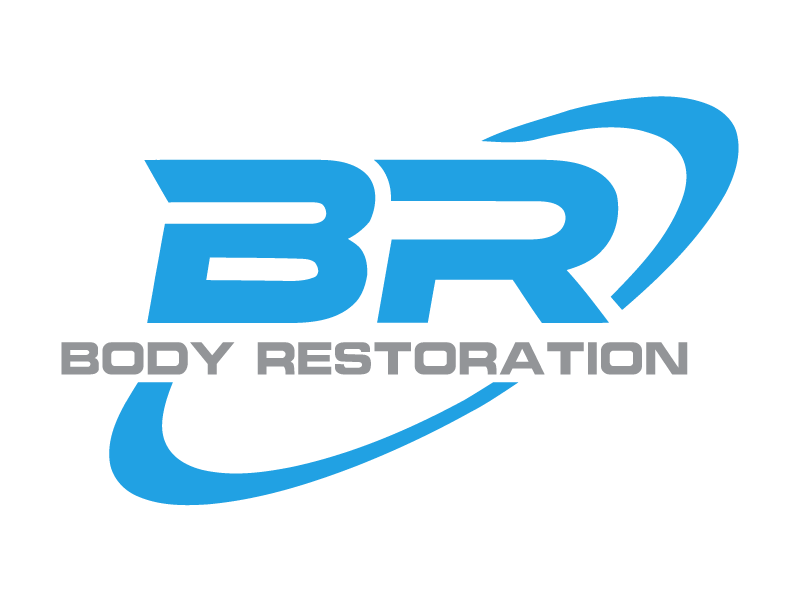Hyperbaric Oxygen Therapy (HBOT)

The Oxyhealth FDA approved chamber is a Soft-sided 1.3 ATA Hyperbaric oxygen therapy (HBOT) is a type of treatment using oxygen and pressurization. Inside of the HBOT chamber, air pressure is 1.3 times higher than average air pressure. Under these conditions, your lungs gather much more oxygen than would be possible breathing oxygen at normal pressures. This directly forces oxygen into the bloodstream to adequately supply nutrients to your tissue. When your blood carries this extra oxygen throughout your body, this helps fight bacteria and stimulate the release of substances called growth factors and stem cells, which promote healing.
To benefit from Hyperbaric Oxygen Therapy, youll likely need more than one session. The number of sessions is dependent upon your medical condition. Some conditions, such as surgery for a torn ligament may require 5-10 treatments, while other conditions, such as traumatic brain injuries or concussions, may require 40 treatments or more. At Bloch Wellness and Sports Medicine, Hyperbaric Oxygen Therapy is used to co-treat several medical conditions: Concussion Fractures/Wounds Post-Surgery Mold Exposure Covid Long Hauler Some forms of Cancer And many other conditions Dr. Neally and Dr. Bloch are two of the pioneers in the hyperbaric Oxygen therapy world, having used hyperbaric therapy in their office since 2005. They have spoken for the International Hyperbaric Association, have taken a hyperbaric with the 2012 USA mens water polo teams prior to the London Olympics and also to the Olympic Village for the Olympic games. They have also worked with several college and professional teams with the use of hyperbarics for injury prevention, treatment of injuries and performance. TARGET HYPERBARICS= Some conditions can be combined with other treatments to increase benefits and results. Treatments with HBOT in conjunction with LS Pro Light Systems, utilizes directed light therapy to a targeted area. This promotes blood flow thru the release of nitric oxide, while the pressurized air from HBOT forces oxygenated blood flow through that same area, resulting in an increased supply of oxygen to the injured tissue.
